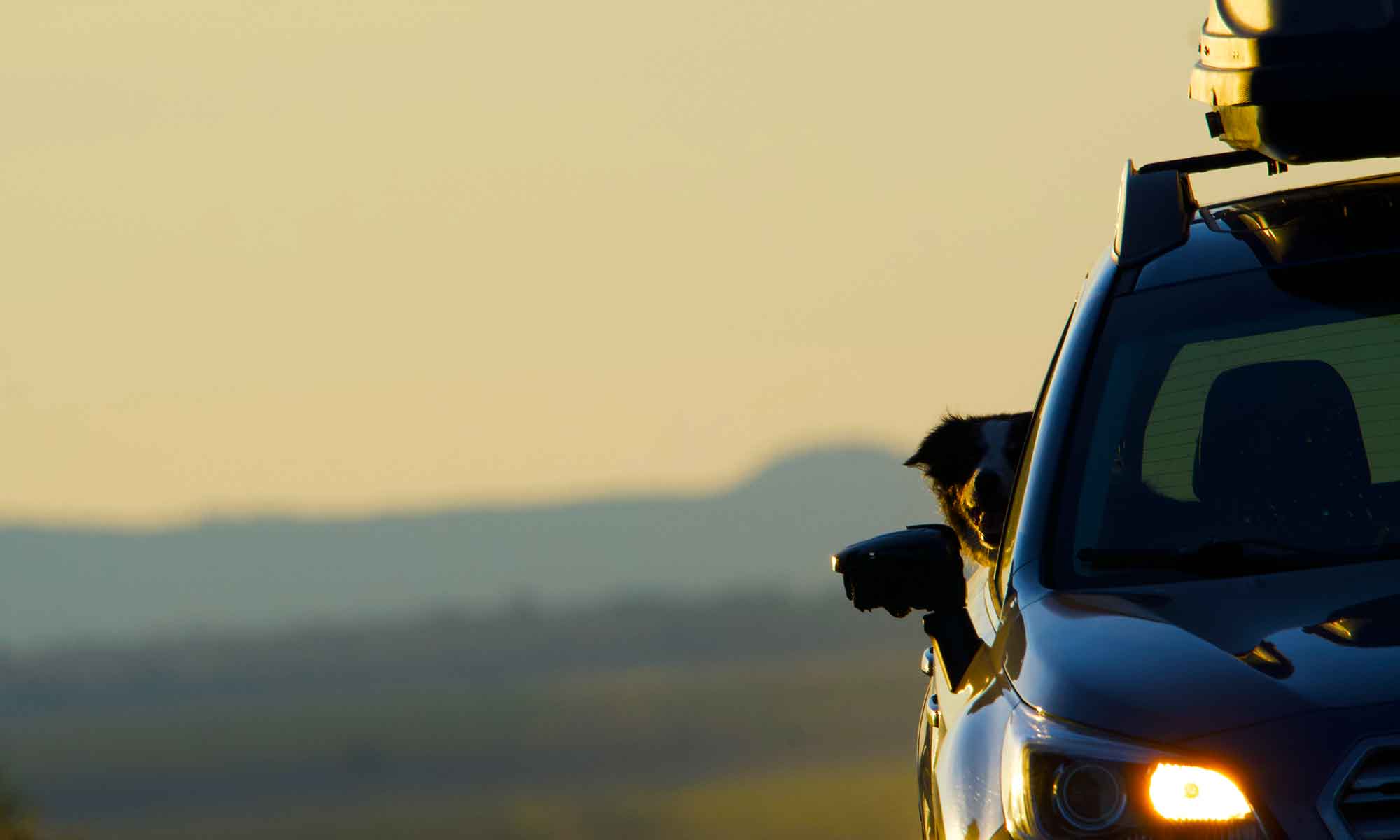
Endless days of ‘unhealthy’ and ‘very unhealthy’ air pushed us to a point where we drove into the belly of the beast, Summer Lake. It’s a few miles north of what was at one point this summer, the nation’s largest wildfire.

California fires are the major contributor to the choking particulate count but Oregon has added to the plume. Which at last view stretches from left coast across the nation. In all it’s been a bad summer for outside activities.
The one thing poor air quality offers is unique sunrises. So the first stop was Fort Rock to catch the orange globe.

We broke out the drone for some aerial footage.

The gray haze and lack of wind created some really cool conditions on the water at Summer Lake Wildlife Refuge.

 The gray haze and lack of wind created some really cool conditions on the water at Summer Lake Wildlife Refuge.
The gray haze and lack of wind created some really cool conditions on the water at Summer Lake Wildlife Refuge.
Birds are starting fall migrations and that was reflected in the variety of species we saw.


And for the first time we came across a pair of coyotes that appeared to be hunting.
Photos were shot in brief excursions from the cab of our car and the ever-present masks helped.
There is rain in our forecast so that may bring some relief as season weather patterns shift and temperatures cool.
















































 We have always used US 31 to get to Summer Lake, but this trip we found a whole new area to explore on the western side of Winter Rim.
We have always used US 31 to get to Summer Lake, but this trip we found a whole new area to explore on the western side of Winter Rim.